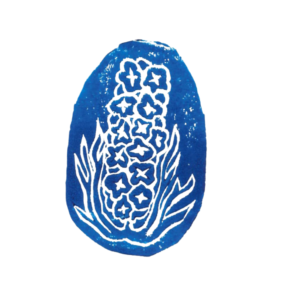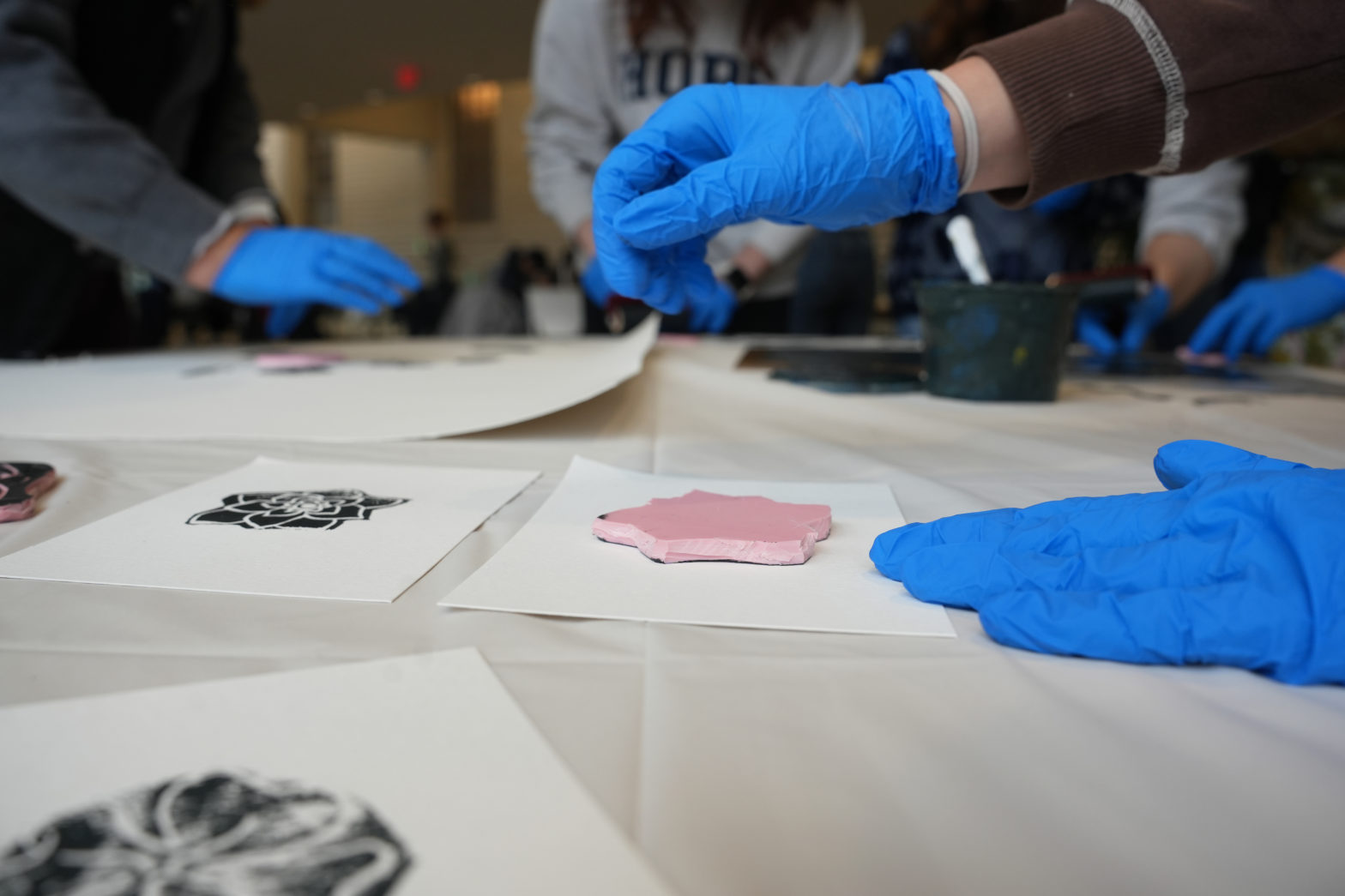Before our freshman retreat, my Hope Forward cohort felt like a collection of distant acquaintances I wasn’t able to get to know due to the chaos during my first semester of college. I knew that they were all good people, but time just didn’t align enough for a relationship to form. Thankfully, because of the retreat, I was given two whole days to get to know students in my cohort and form those relationships.
Immediately upon entering the space where we all gathered, I saw smiles and heard laughter and knew that the next few days were going to be amazing. Everyone jumped in with no hesitation when we were challenged to introduce ourselves in funny ways. Each person’s personality broke through and all allowed themselves to be seen. Finding things we have in common was especially beneficial during a time designated to get to know everyone at our tables. That exercise revealed a lot of interesting commonalities I share with students in my cohort that I hadn’t known previously.
We closed out the first day by having a discussion with the whole group about what Hope Forward stands for. And we were given the priceless opportunity to ask questions about why and how we are so blessed to be a part of it. It was reassuring to see that many of my peers had similar questions I did regarding how the program plans on expanding. Erin and Nicole’s responses helped to clarify, and I walked away not only with a greater understanding of the program, but also a greater hope in its success.
Starting off the second day, we were given the rare opportunity to pause the rush of life to reflect on the past. Using our application materials — both our essay and interview video — we were challenged to consider the state of our younger selves, back when we first applied to Hope Forward. One thing I noticed while reading my essay and watching my video was how much my faith was visible. Every word that I spoke seemed to leave room for God’s direction. Of course, I wanted to be a part of Hope Forward, but I wasn’t making my acceptance the test of whether or not I was headed in the right direction. That reminder from my younger self came at a much needed time, as it seems that I am being routinely asked what my future is going to look like and I cannot come up with an answer that feels right. It is important to remember that I can trust that it will all work out.
After our time for reflection, we discussed how things such as humility, transparency, generosity and cooperation can lead to a positive shift in our cohort and in the campus as a whole. We compiled a list of the ideals and values that we feel we need to live by in order to become the symbols of hope that we seek to exemplify. We used these principles to create our personal cohort agreement.

In order to “seal” our agreement, the final activity was an art project where we created a print of a flower that represents our unique identities. I chose a delphinium. The delphinium is a collection of flowers, essentially nature’s bouquet, that symbolizes generosity and big-heartedness. I had never connected the two terms, but as I was making my print, I understood why they are linked. Generosity comes out of a place of abundance. This is typically understood monetarily, but rarely is it applied to the heart. I have come to understand that embodying generosity is about much more than financial donations, it is a posture born out of the understanding that God gave us all much too big a heart to keep to ourselves.



“Growing in Generosity” offers such a thoughtful and inspiring exploration of how cultivating a generous spirit can transform not only our own lives but also the communities around us. I truly appreciate the way this blog highlights both the personal and collective impact of generosity, encouraging readers to see kindness and giving as intentional daily practices rather than occasional acts. The message is both uplifting and practical, providing valuable insights that resonate deeply. Thank you for sharing such meaningful content that inspires positive change.